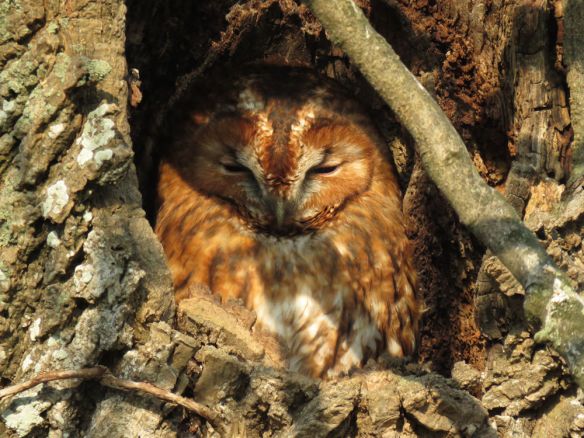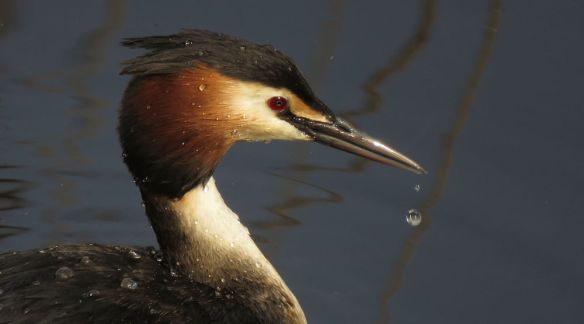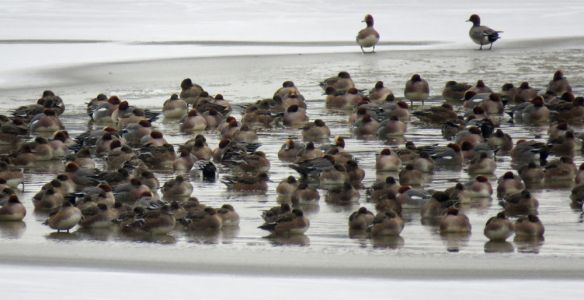I thought I’d share a few wildlife highlights from the past few months. While none of them merit a blog post on their own, each reflect the beauty of the area.
I was waiting for a grebe to re-appear at the Tor View hide at Ham Wall, when another photographer drew my attention to a blue tit dismembering a bullrush.
I don’t often pay attention to gulls, but this wintering black-headed gull was quite photogenic.
I had a very pleasant morning birdwatching with Laurie Burn – but despite our best efforts, this reed bunting was our best photographic target.
I can’t take any credit for this otter sighting – and it was a short and rather fleeting visit – but any otter sighting makes a trip worthwhile!
I wasn’t trying to take a photo of a chaffinch at this point – I was merely trying to turn the car around in a gateway – but there it was, in its best breeding finery!
There has been a tawny owl roosting in the Poldens over the winter. I’ve enjoyed trying to photograph well it’s watchful if soporific gaze.
Last week I decided to catch a couple of hours at Noah’s Lake on Shapwick Heath. As I approached the reserve I realised there was a small but significant problem: it was shrouded in fog! Nevertheless I ploughed on – and was very glad I did so.
This image may be a marmite photo – but I like the minimalist feel of the foggy lake with the courting grebes in the foreground.
I probably don’t give enough attention to the commoner ducks… but this tufted duck was perfectly situated on very still water!
Cetti’s warblers are one of the harder birds to photograph: they’re easy to hear with their loud, metallic, explosive song, but they usually skulk low in reedbeds and are hard to spot, even fleetingly. They are a bit more showy in spring, though, and this one landed on front of the hide for enough seconds for me to take 4 photos, before it was off.
There was a pair of very showy Great Crested Grebes near the hide, which grabbed my attention for a while!
There’s been a flock of cattle egrets in the area for a while now. Some of them are hanging around a herd of cattle on the Levels below Mudgley. When I went there with Mum, the cattle had gone elsewhere but the egrets were running around a rather attractive pasture. Compared to the majestic Great White Egrets, cattle egrets are quite comical in the way they dash around: but if I were a small animal, I wouldn’t want to encounter the beaks of either.
















































